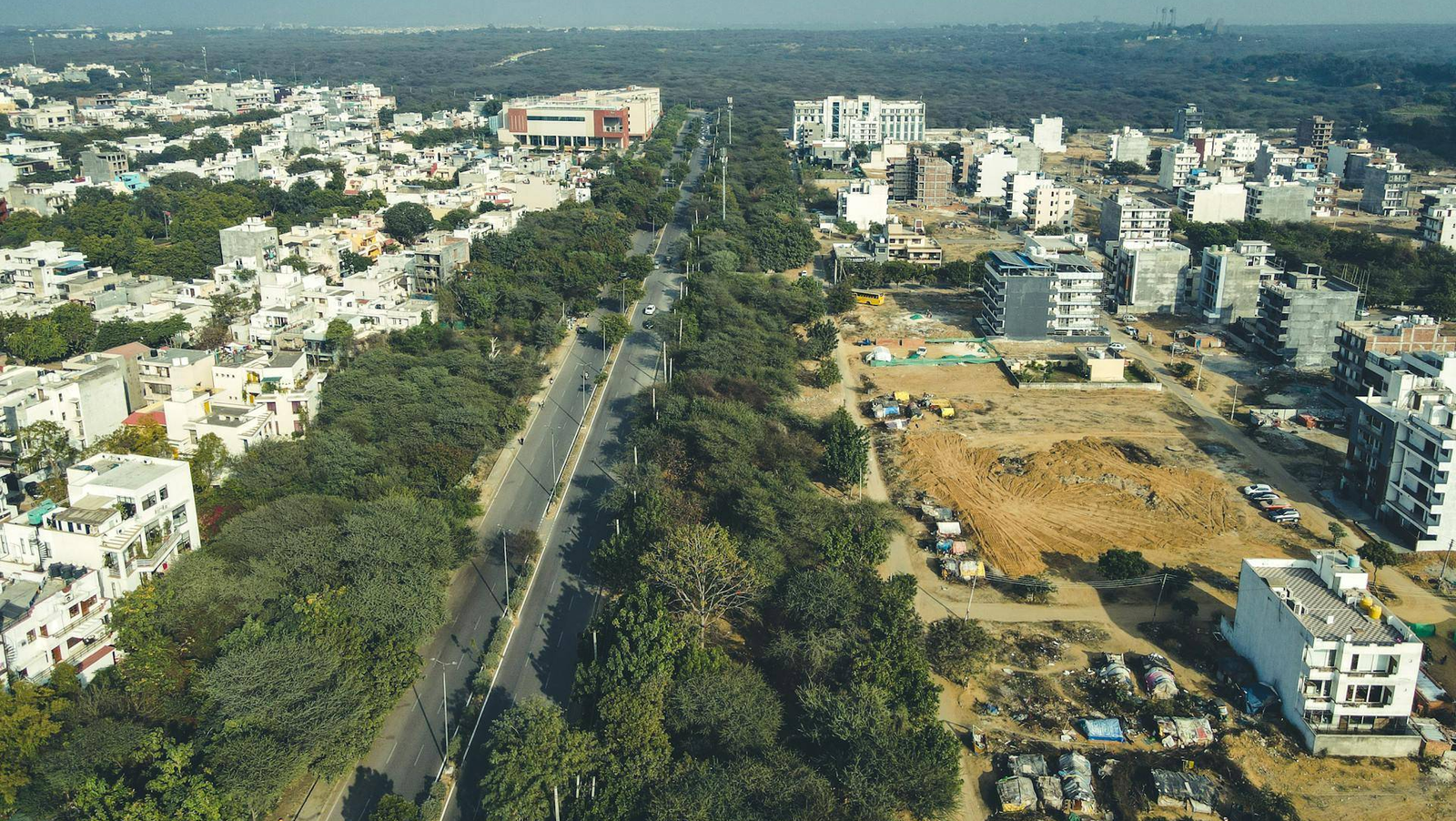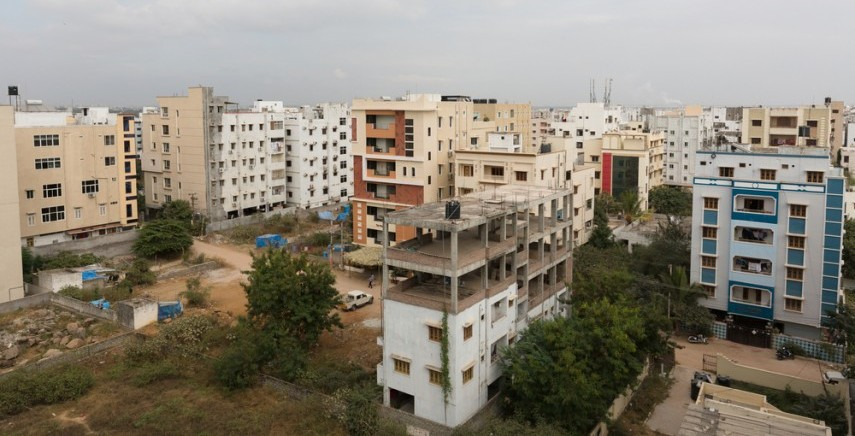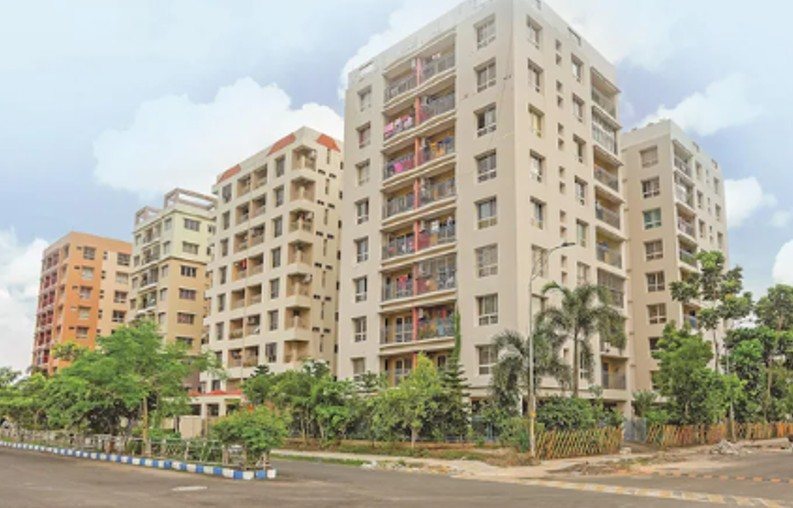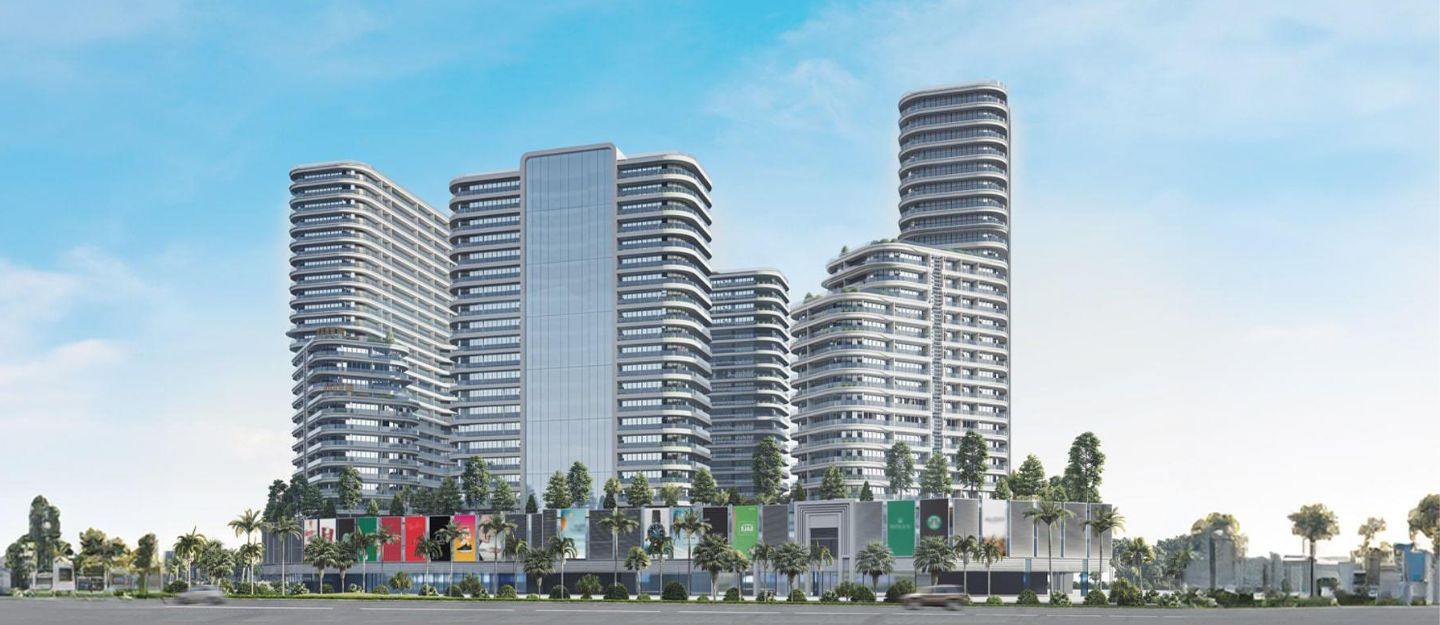Now Reading: The Real Reason Affordable Homes Are Vanishing Across India 2025
-
01
The Real Reason Affordable Homes Are Vanishing Across India 2025
The Real Reason Affordable Homes Are Vanishing Across India 2025

Table of Contents
In the heart of India’s bustling cities Homes and rapidly growing towns, a silent crisis continues to unfold millions of people are still waiting for a place they can call home. Despite economic progress and massive infrastructure projects, the lack of affordable homes remains a serious issue. This problem is not limited to the urban poor. Middle-class families, daily wage workers, and even young professionals are finding it increasingly difficult to secure affordable housing in cities like Delhi, Mumbai, Bengaluru, and Hyderabad.
The housing shortage is not a new problem, but it has reached worrying levels in recent years. According to a report by the Ministry of Housing and Urban Affairs, India faces a shortage of over 18 million homes, with the majority of the gap affecting the economically weaker sections and low-income groups.
But what’s causing this massive housing gap? And why hasn’t it been solved despite government schemes and private investment?
Why Affordable Housing Is Out of Reach
There are several reasons behind the lack of affordable homes. The most important include:
1. Rapid Urbanization:
As people migrate from villages to cities for better jobs and education, urban populations are exploding. Cities are growing faster than their ability to build new housing, leaving many people forced to live in slums, rented rooms, or temporary shelters.
2. Rising Land and Construction Costs:
In urban areas, land prices have become extremely high. Developers prefer to build luxury or high-end apartments to maximize profits, leaving very few affordable options for low- and middle-income families.
3. Delays in Government Schemes:
The Pradhan Mantri Awas Yojana (PMAY), launched in 2015, promised to deliver Housing for All by 2022, but it has fallen short in many regions. Delays in land acquisition, lack of funds, and slow approvals have hampered progress.
4. Weak Rental Housing Market:
India’s rental housing sector is largely unregulated and lacks formal systems. This makes it difficult for migrants or lower-income families to rent safe and affordable homes. Many landlords avoid renting to single women, bachelors, or people without proper documents.
The Human Cost of the Housing Crisis

The lack of proper housing affects not just where people live but how they live. Without a stable home:
- Children struggle with education because of frequent moves
- Health problems rise due to poor sanitation and overcrowding
- Safety becomes a concern, especially for women and the elderly
- Access to clean water, electricity, and other services is limited
A study by the World Bank noted that lack of housing stability can deeply impact the mental and physical health of families, reducing their productivity and ability to break the poverty cycle.
Take the case of Meena, a 35-year-old domestic worker in Mumbai. She shares a single room with her two children in a slum near Andheri. The tin-roofed home leaks during monsoon, and she pays nearly Rs. 5,000 a month in rent half her monthly income.
“I want a pucca house where my children can study peacefully,” she says. “I applied for a government flat three years ago, but I have heard nothing since.”
Government Schemes and Their Limitations
India has launched multiple programs to solve the housing crisis:
- Pradhan Mantri Awas Yojana (Urban and Rural)
- Rajiv Awas Yojana
- Affordable Rental Housing Complexes (ARHCs)
However, many of these schemes face similar problems: lack of clear land titles, poor planning, and delays in construction. Also, many beneficiaries find it hard to access loans or complete documentation to qualify for housing support.
Experts also point out that the current definition of “affordable housing” often does not match the income levels of those who actually need it. A home priced at Rs. 15–20 lakh is not truly affordable for a family earning less than Rs. 15,000 a month.
Private Sector Role and Future Solutions

Real estate developers can play a major role in bridging the housing gap, but incentives are needed. Tax benefits, faster approvals, and lower interest loans can encourage builders to invest in low-cost housing projects.
Some startups are also trying to solve this issue using technology. From prefab homes to micro-apartments and shared housing models, new ideas are emerging. However, scaling these solutions remains a challenge.
Experts also suggest that cities need to redevelop unused land, promote vertical housing, and improve public transportation to expand the areas where people can afford to live.
Another important step is improving the rental housing market. The Model Tenancy Act, introduced in 2021, aims to regulate landlord-tenant agreements and protect the rights of both parties. If implemented correctly, it could help bring more properties into the rental market legally.
A Call to Action: Making Homes a Priority
Housing is not just about walls and a roof. It’s about dignity, opportunity, and a better future. Solving the housing shortage requires urgent cooperation between the government, private sector, and civil society.
With India’s population expected to touch 1.5 billion by 2030, the need for inclusive and affordable housing will become even more urgent. Cities must plan smarter, build faster, and think beyond just real estate profits.
Read More:- Shobha Realty Launches Its Most Luxurious Project Yet—Full Details Inside 2025






















